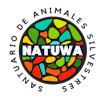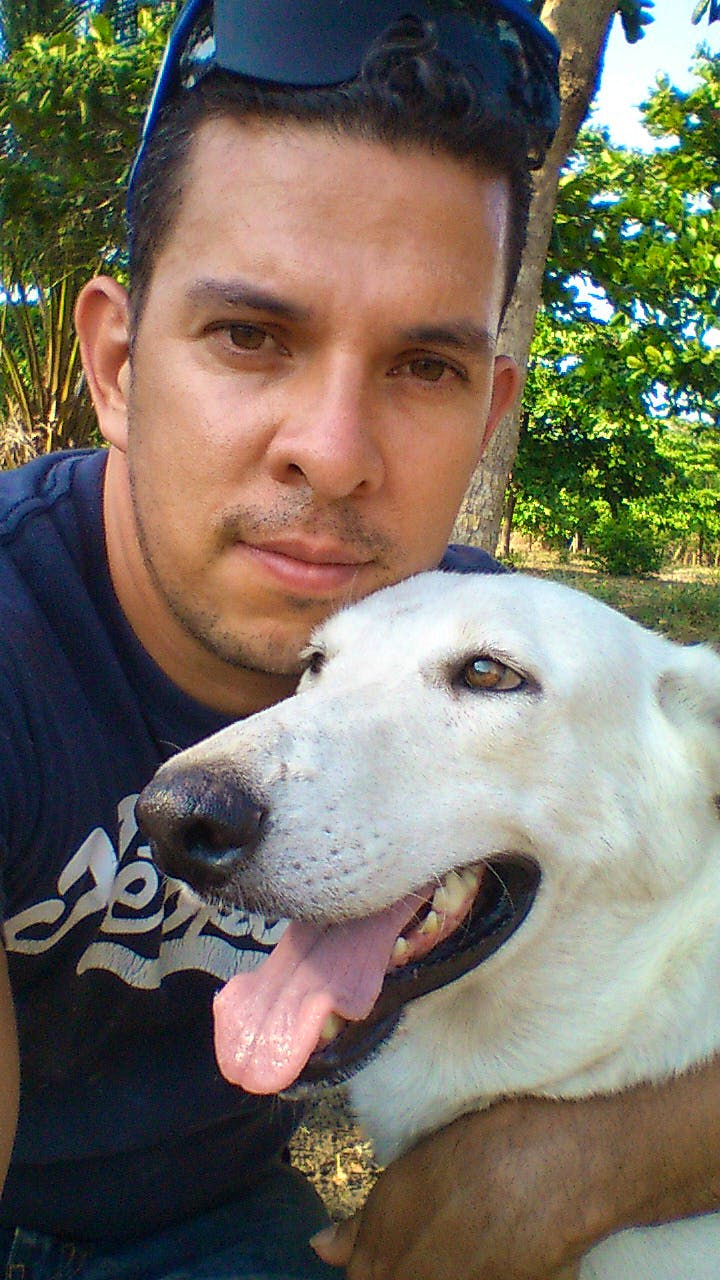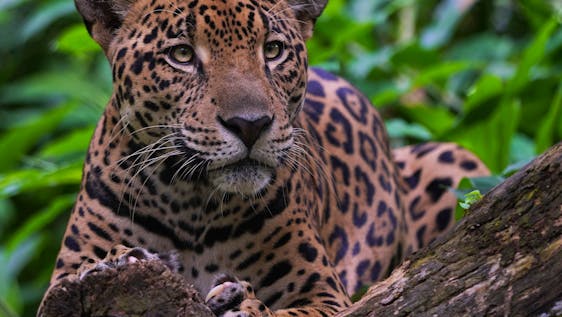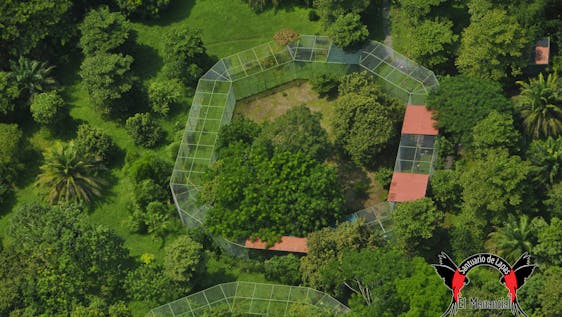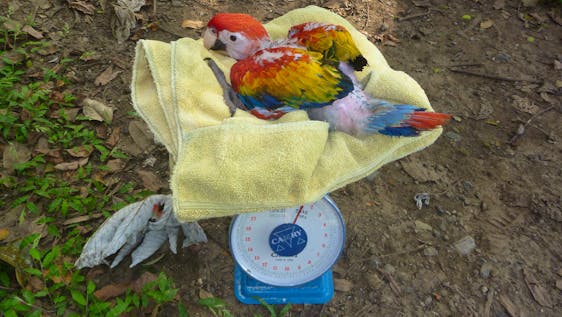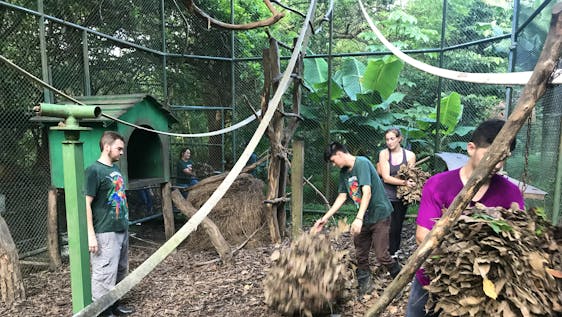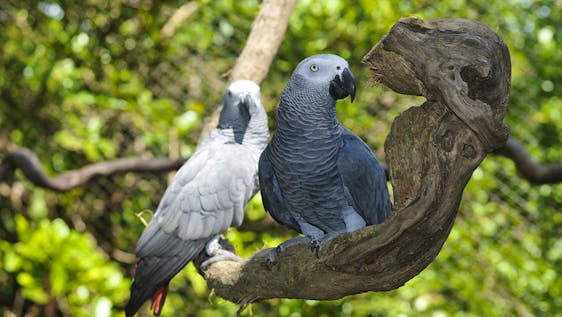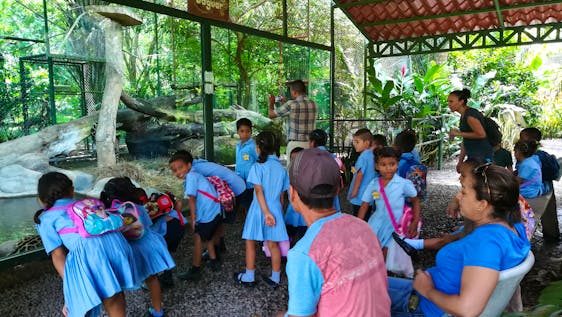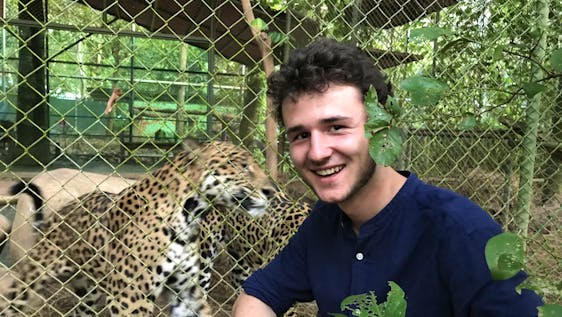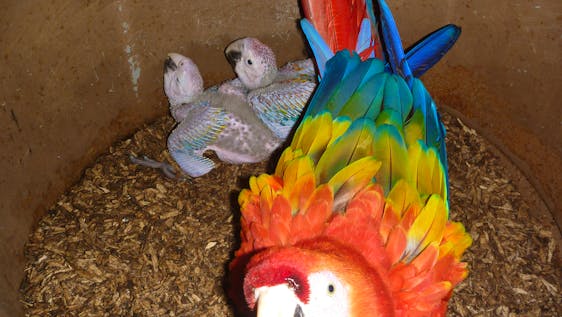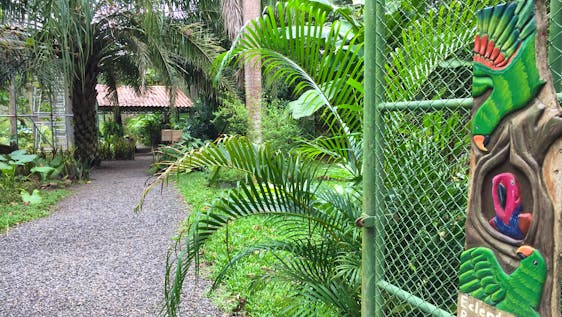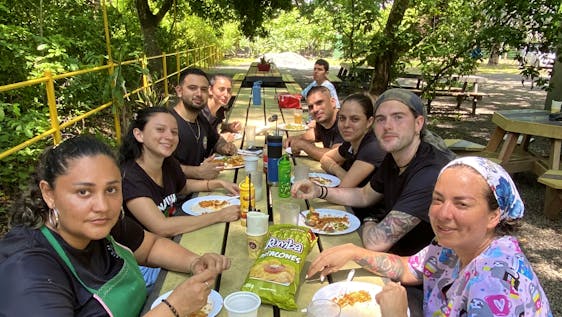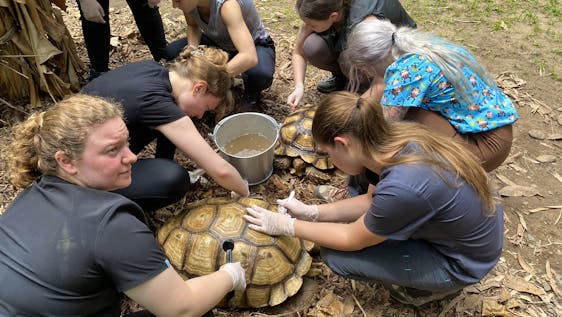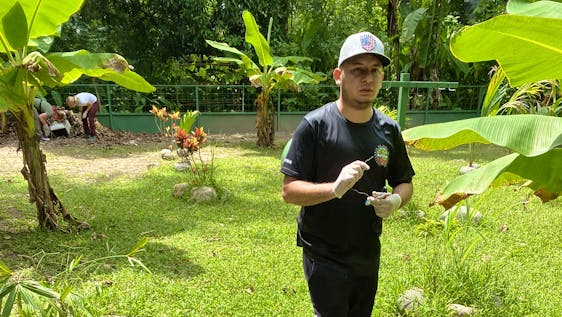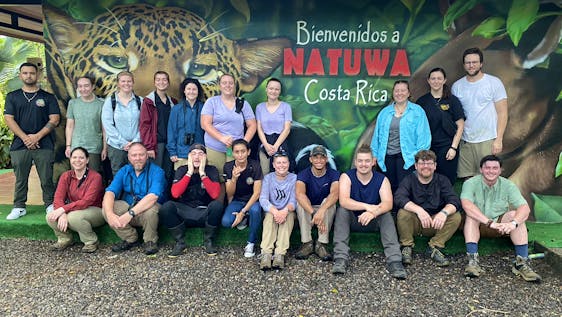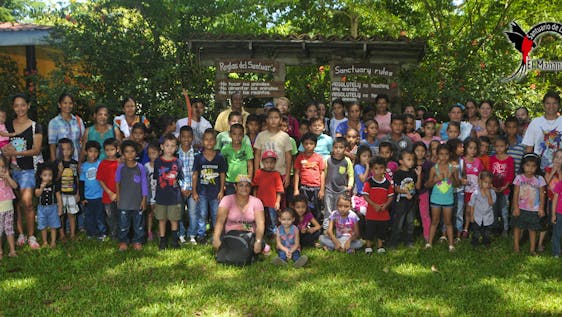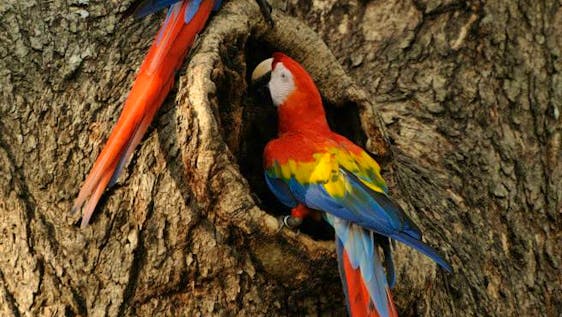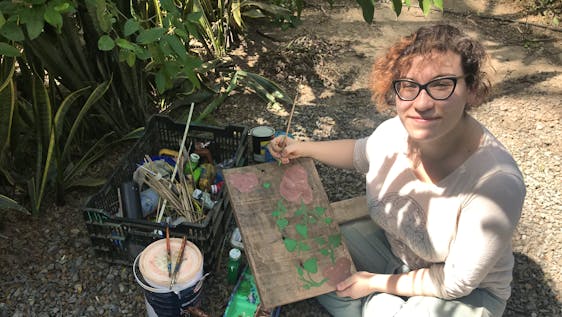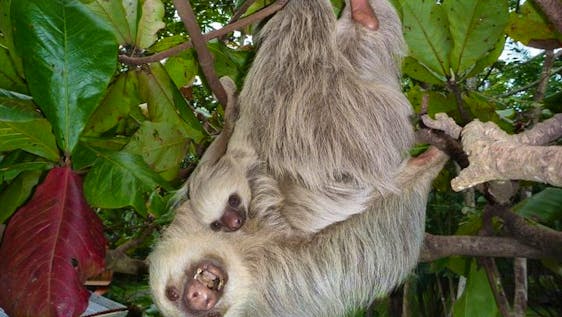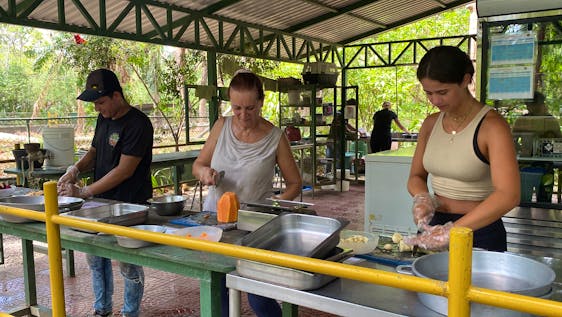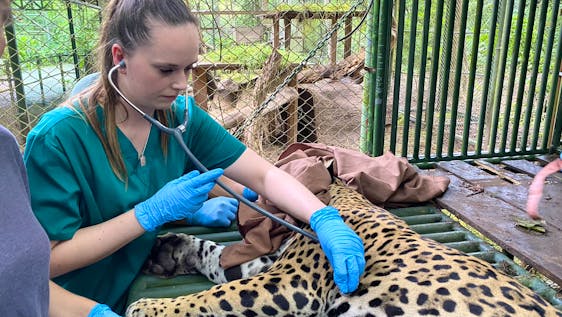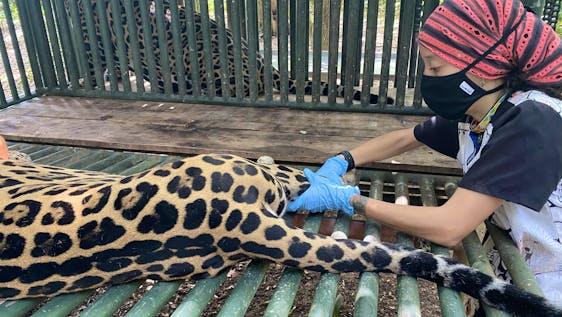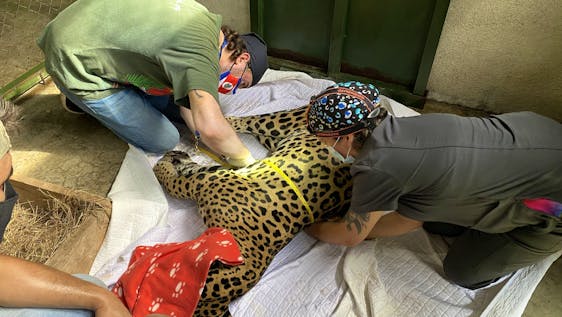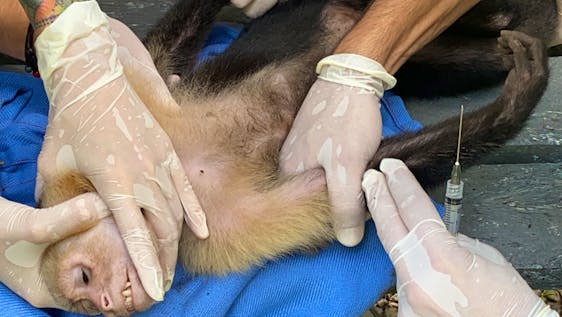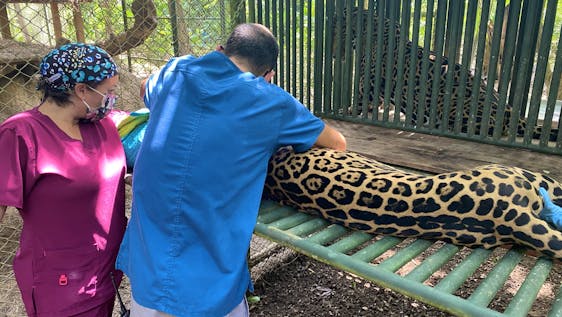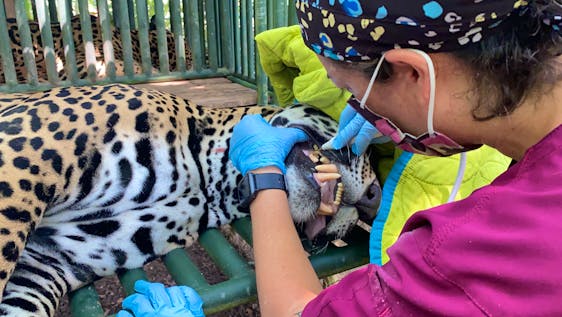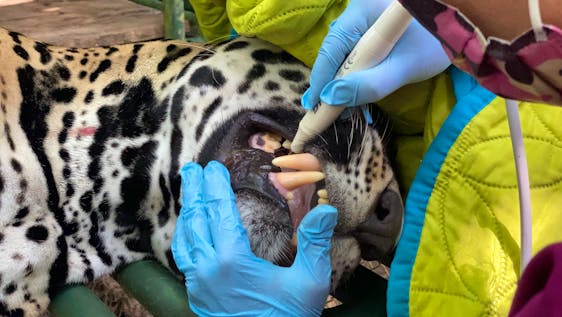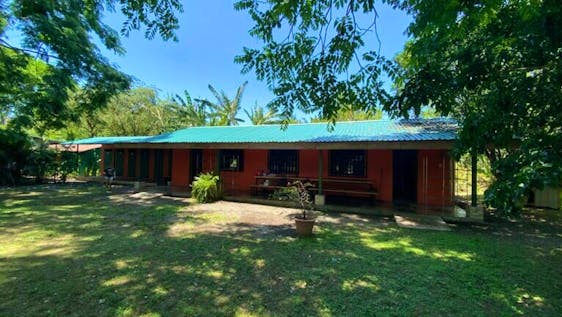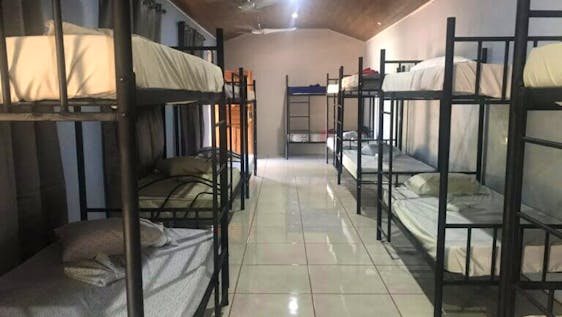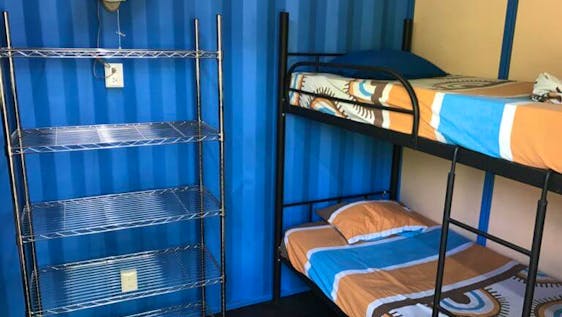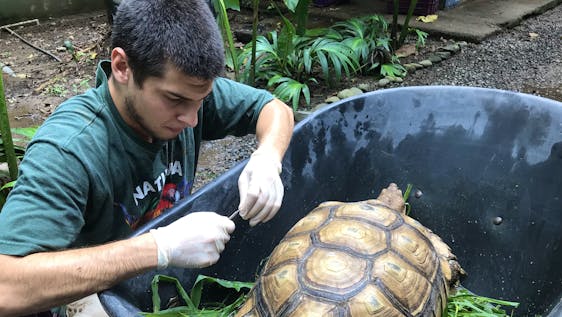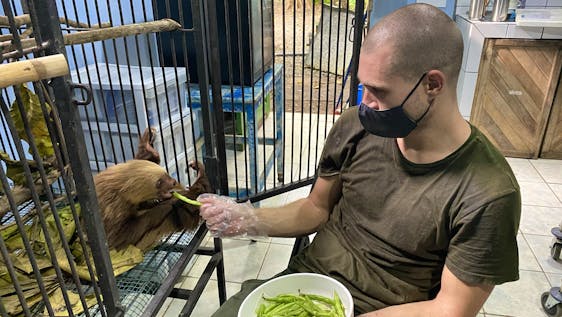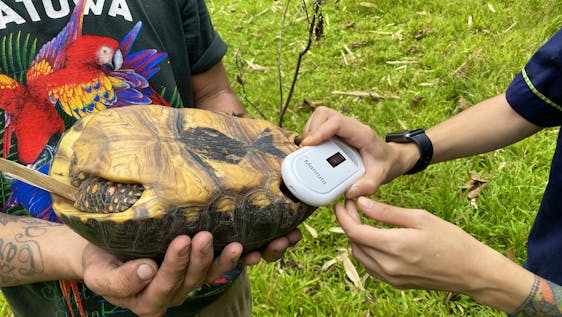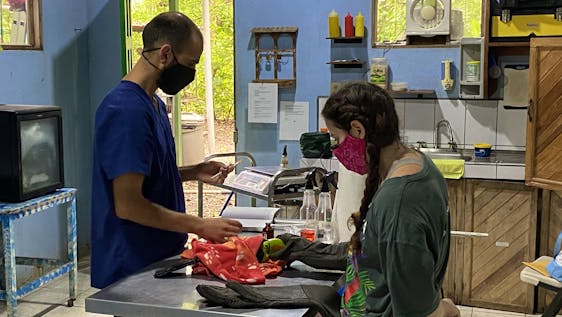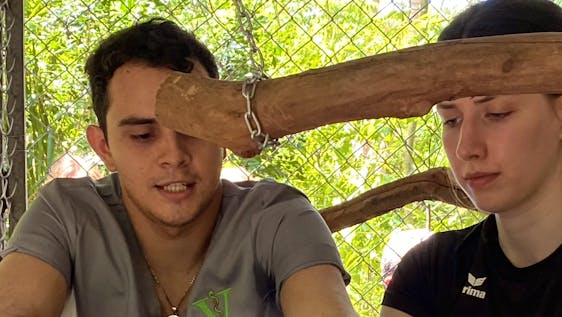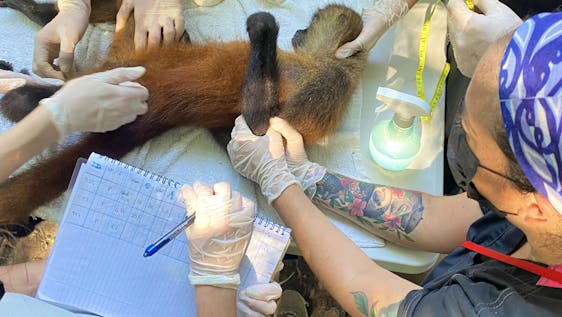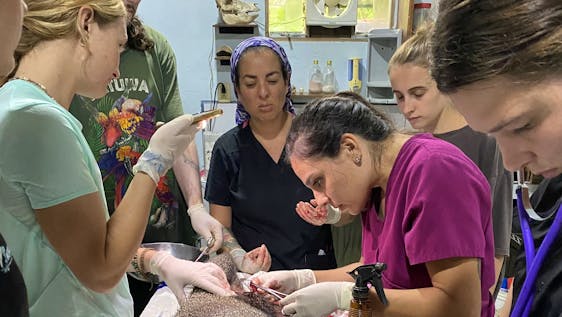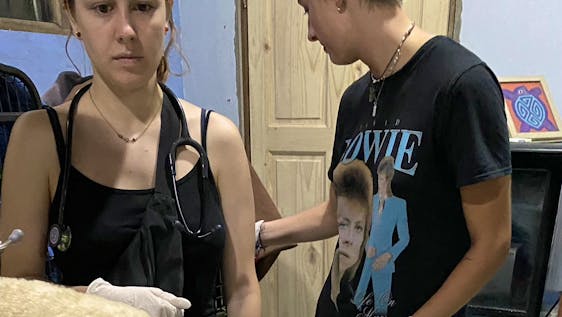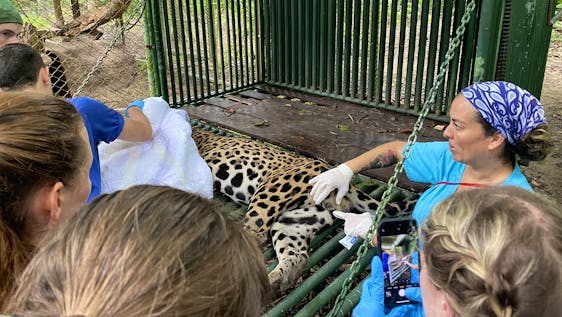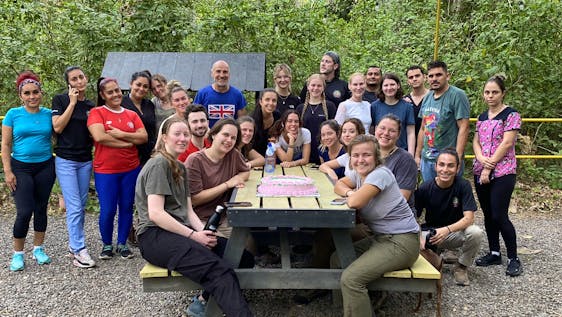Transform Your World at Natuwa: Adventure and Conservation in the Heart of Costa Rica.
Natuwa is a unique Sanctuary located in the heart of Costa Rica, where nature and wildlife flourish in harmony. Founded by Rodolfo Orozco Vega and Mainor Khayyan, passionate defenders of nature, Natuwa is a refuge for endangered animals and a conservation center dedicated to preserving Costa Rican biodiversity and environmental education. Its name, which means "macaw," "parrot," or "parrakeet" in the Chorotega language, reflects its commitment to the safeguarding of these emblematic species. However, its mission extends to a much broader spectrum of flora and fauna.
At Natuwa, volunteers dive into an unparalleled experience, working closely with wildlife experts to rehabilitate and care for rescued wild animals, from majestic macaws and sloths to big cats like the jaguar and other species that have found a temporary or permanent home in the sanctuary. Volunteer work ranges from environmental enrichment to feeding and health monitoring of the animals and maintaining the sanctuary's vast and lush natural habitats.
Beyond its invaluable contribution to conservation, Natuwa offers volunteers a deep immersion into Costa Rican culture. Located near attractions such as cloudy Monteverde, the blue beaches of Punta Arenas on the Central Pacific, the sandy shores of Guanacaste, and the imposing volcanoes, Natuwa becomes a starting point for exploring Costa Rica's natural and cultural wonders. Volunteers can soak up Costa Rican life, learn about local traditions, enjoy typical gastronomy, and practice Spanish in a vibrant and welcoming environment.
The sanctuary itself is a biodiversity oasis. Trails winding through the jungle lead visitors through restored habitats that harbor an impressive variety of wildlife. Each enclosure is designed to provide a safe and natural environment for the animals and educate and inspire visitors about the importance of conservation. The facilities include quarantine areas for new rescues, spacious aviaries, rehabilitation areas, and a visitor center where Natuwa's mission is shared with the world.
Participating in Natuwa is more than just volunteer work; it's a life-transforming adventure enriched by a deep connection with nature, animals, and the culture of Costa Rica. It is an invitation to be part of something bigger than oneself, a call to contribute to preserving our natural world for future generations while living an unforgettable personal experience. Come to Natuwa and leave your mark on conservation while discovering the unparalleled beauty of Costa Rica and the warmth of its people.
